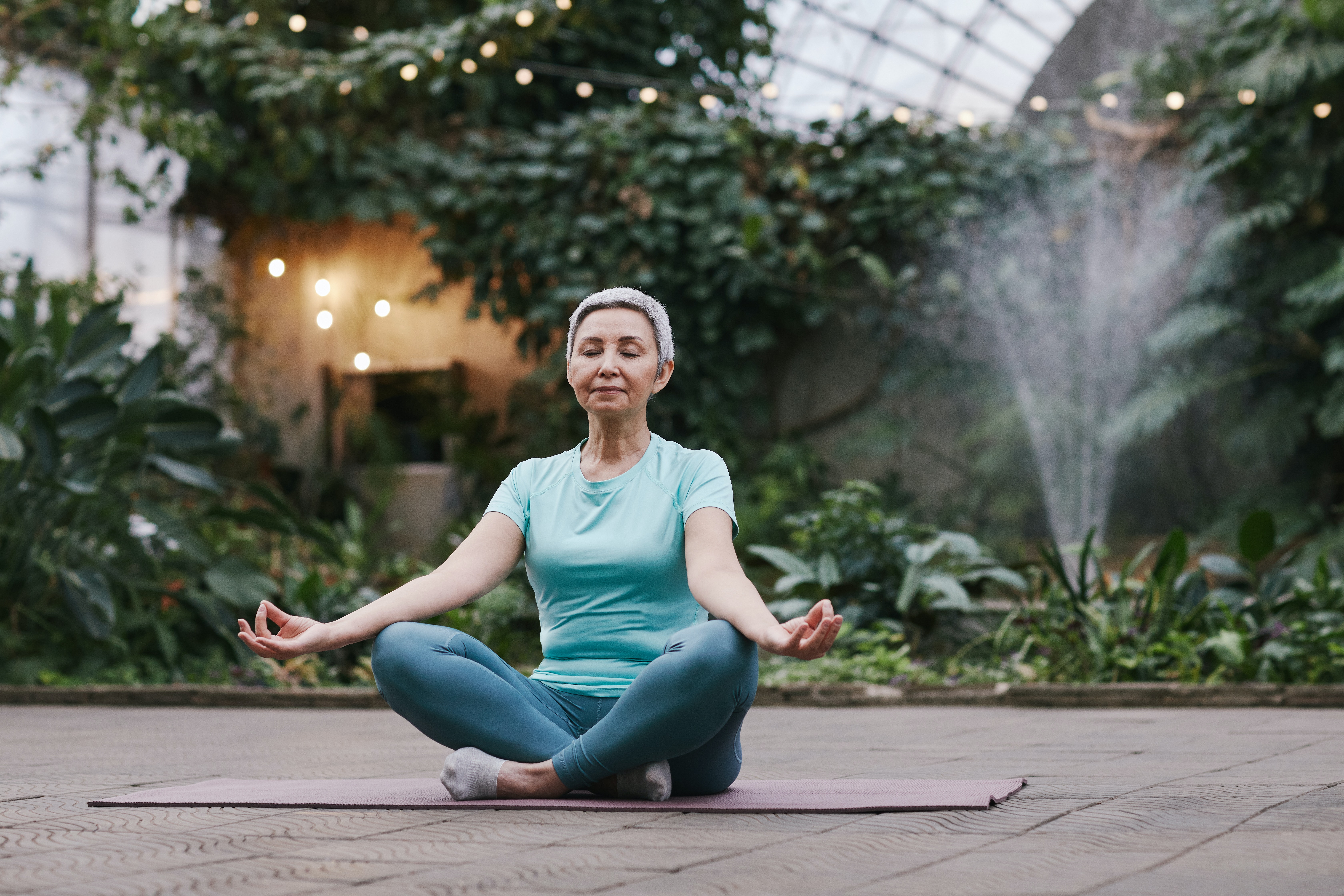
You don’t necessarily require specialised gym equipment to get an effective workout.
In fact, many exercises require no equipment at all, or at most involve basic items such as a chair. These exercises are nonetheless effective in helping you build muscles in certain areas without having to leave the house.
Of course, certain exercises can and should be modified depending on your physical limitations.
Here are 5 exercises you can consider when getting started on your fitness journey:
Sit and walk
All you need for this exercise are two chairs, or two pieces of equipment that you are able to sit on. Both chairs or equipment should ideally be at the same height.
Start the exercise seated on one chair. Then stand up, focusing on your core strength and legs to push you upward. Finally, walk toward the other chair and sit down. Repeat the motion as often as is comfortable, though 8 to 10 reps tend to be the standard.
You could also use lower chairs or separate them further to modify the intensity of the workout to your preference. Conversely, you can do the workout with crutches, similar assistive devices or a friend, depending on the nature of your disability.
Kneel to stand
This exercise requires no equipment whatsoever, though having a mat is an option to make the activity more comfortable on the knees.
Start by kneeling down, then place one foot in front of you and lift your body upward to a standing position. Take note that this process should be done slowly, with your arms at your sides. Once you’re upright, gradually return to a kneeling position again. Now repeat this process several times till you’re satisfied.
To ease yourself into this exercise, you can use a table, door handle or wall to support yourself as you kneel or stand up. Either way, this activity can strengthen your lower body while improving your overall physical balance.
Seated tricep dips
This requires an armchair, or any furniture with handles. Start the exercise by sitting, then using your arms – and only your arms – to lift your body from the seat. Do this slowly, and once your elbows are extended, you can choose to hold that position.
Finally, lower your body back down again by bending your elbows. Be sure to not simply fall back into the chair. Make your arms do the work.
Doing this process repeatedly can strengthen your trips, chest and the front of your shoulders. It’s a great exercise, especially if you rely on your arms regularly for movement, such as transferring yourself from a wheelchair to your bed.
Reverse crunches
If you struggle with regular crunches or sit ups, reverse crunches are a great alternative that’s easier yet effective for strengthening your abdominal muscles.
Begin by sitting with your feet spread out in front of you. Make sure your knees are slightly bent and your arms are stretched forward. Using your core muscles, slowly lower your body toward the floor.
Once you are lying straight on your back, move your body to the side then use your arms to push yourself to your starting position. To make the exercise a little easier, you can grip your knees or thighs each time you lower your back to the floor.
Resistance band leg press
This exercise is ideal for working your thigh muscles and glutes, provided you have a resistance band and some level of autonomy over your lower body.
Start in a seated position. Then have both your hands hold each end of your resistance band, with the middle of the band looped under one foot.
You will want some tension in the band, enough that your leg is bent with your knee facing toward the chin. Maintain the tension in the band as you straighten your foot out toward the floor. Hold that position, then withdraw your leg back into its bent position.
Alternatively, you could do this exercise while lying down if being seated is too uncomfortable. You could also reduce or increase the tension of your resistance band to modify the intensity of the workout accordingly.
References
Natasha Hinde (2017) Exercises To Try At Home For Disabled People [Accessed 7 June 2023] Available at: https://www.huffingtonpost.co.uk/entry/exercises-to-do-at-home-if-you-have-a-disability_uk_5878b3bfe4b0f3b82a37408e
Disability Horizons (2016) Top 10 exercises for disabled people [Accessed 7 June 2023] Available at: https://disabilityhorizons.com/2016/10/top-10-exercises-disabled-people/
Active Norfolk (2021) Home exercises for people with a disability [Accessed 8 June 2023] Available at: https://www.activenorfolk.org/public/get-active/active-at-home/disability-exercises/